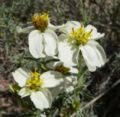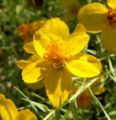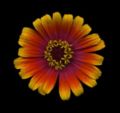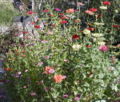Zinnia
| Zinnia {{{status}}} Fossil range: {{{fossil_range}}}
| ||||||||||||||||||||||||||||||||||||||||||||||||||||||||||||||||||
|---|---|---|---|---|---|---|---|---|---|---|---|---|---|---|---|---|---|---|---|---|---|---|---|---|---|---|---|---|---|---|---|---|---|---|---|---|---|---|---|---|---|---|---|---|---|---|---|---|---|---|---|---|---|---|---|---|---|---|---|---|---|---|---|---|---|---|
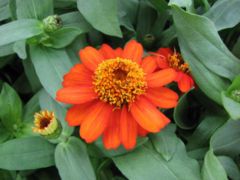 Zinnia elegans 'Profusion Orange' | ||||||||||||||||||||||||||||||||||||||||||||||||||||||||||||||||||
| Plant Info | ||||||||||||||||||||||||||||||||||||||||||||||||||||||||||||||||||
| ||||||||||||||||||||||||||||||||||||||||||||||||||||||||||||||||||
| Scientific classification | ||||||||||||||||||||||||||||||||||||||||||||||||||||||||||||||||||
| ||||||||||||||||||||||||||||||||||||||||||||||||||||||||||||||||||
| [[{{{diversity_link}}}|Diversity]] | ||||||||||||||||||||||||||||||||||||||||||||||||||||||||||||||||||
| {{{diversity}}} | ||||||||||||||||||||||||||||||||||||||||||||||||||||||||||||||||||
| Binomial name | ||||||||||||||||||||||||||||||||||||||||||||||||||||||||||||||||||
| {{{binomial}}} | ||||||||||||||||||||||||||||||||||||||||||||||||||||||||||||||||||
| Trinomial name | ||||||||||||||||||||||||||||||||||||||||||||||||||||||||||||||||||
| {{{trinomial}}} | ||||||||||||||||||||||||||||||||||||||||||||||||||||||||||||||||||
| Type Species | ||||||||||||||||||||||||||||||||||||||||||||||||||||||||||||||||||
| {{{type_species}}} | ||||||||||||||||||||||||||||||||||||||||||||||||||||||||||||||||||
| Species | ||||||||||||||||||||||||||||||||||||||||||||||||||||||||||||||||||
| See text | ||||||||||||||||||||||||||||||||||||||||||||||||||||||||||||||||||
| [[Image:{{{range_map}}}|{{{range_map_width}}}|]] | ||||||||||||||||||||||||||||||||||||||||||||||||||||||||||||||||||
| Synonyms | ||||||||||||||||||||||||||||||||||||||||||||||||||||||||||||||||||
| {{{synonyms}}} |
Zinnia is a genus of 20 species of annual and perennial plants of family Asteraceae, originally from scrub and dry grassland in an area stretching from the American Southwest to South America, but primarily Mexico, and notable for their solitary long-stemmed flowers that come in a variety of bright colors.
Zinnia leaves are opposite and usually stalkless, with a shape ranging from linear to ovate, and pale to middle green in color. The flowers have a range of appearances, from a single row of petals, to a dome shape, with the colors white, chartreuse, yellow, orange, red, purple, and lilac.
Zinnias are popular garden flowers, usually grown from seed, and preferably in fertile, humus-rich, and well-drained soil, in an area with full sun. They will reseed themselves each year. Over 100 cultivars have been produced since selective breeding started in the 19th century.
Zinnia elegans is the familiar species, originally from Mexico and thus a warm-hot climate plant. Its leaves are lance-shaped and sandpapery in texture, and height ranges from 15 cm to 1 meter.
Zinnias seem especially favored by butterflies, and many gardeners add zinnias specifically to attract them.
The name of the genus derives from the German botanist Johann Gottfried Zinn (1727-1759).
Species
Genus Zinnia L. includes the following species
- Zinnia acerosa (DC.) A. Gray -- desert zinnia
- Zinnia angustifolia Kunth -- narrowleaf zinnia
- Zinnia anomala Gray -- shortray zinnia
- Zinnia bicolor
- Zinnia elegans Jacq. -- 'Profusion Orange'
- Zinnia grandiflora Nutt. -- Rocky Mountain zinnia
- Zinnia haageana
- Zinnia linearis
- Zinnia maritima Kunth -- Palmer's Zinnia
- Zinnia maritima var. maritima
- Zinnia maritima var. palmeri (Gray) B.L. Turner -- Palmer's zinnia
- Zinnia peruviana (L.) L. -- Peruvian zinnia
- Zinnia pumila (=Zinnia acerosa (DC.) A. Gray)
- Zinnia violacea Cav. -- elegant zinnia
Gallery
-
Zinnia acerosa
-
Zinnia grandiflora
-
Zinnia peruviana
-
Zinnia bicolor
-
Single zinnia flower
-
A bed of zinnias
